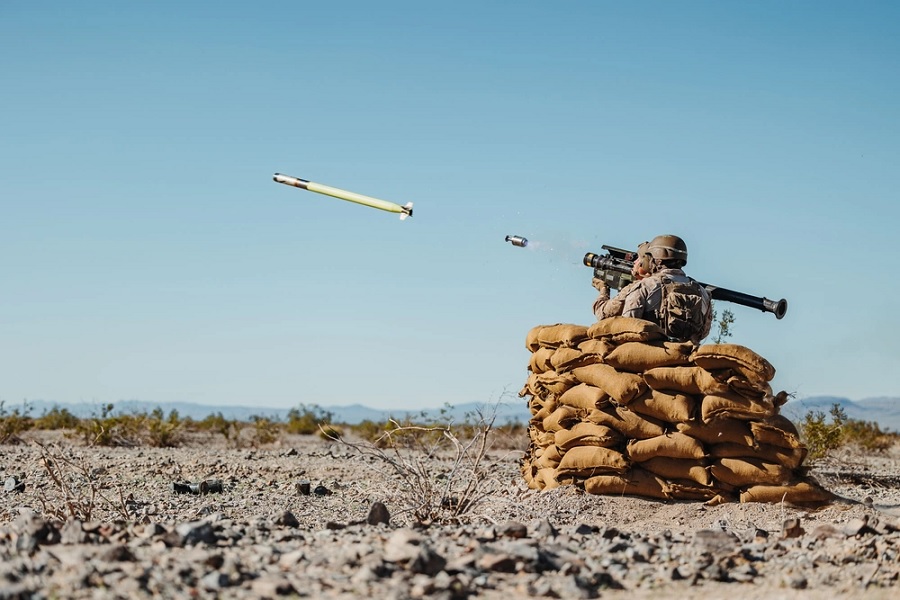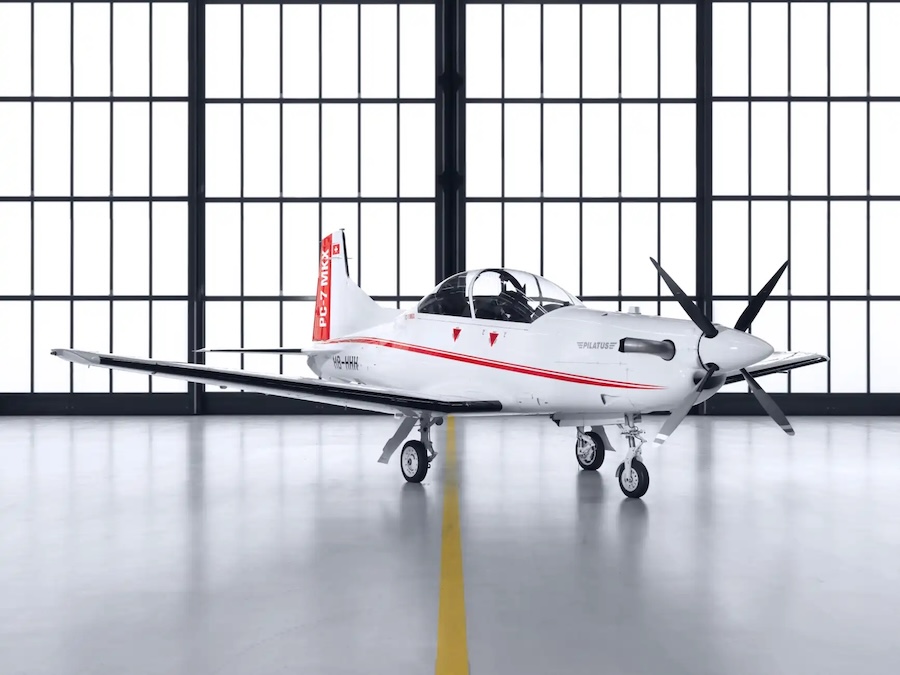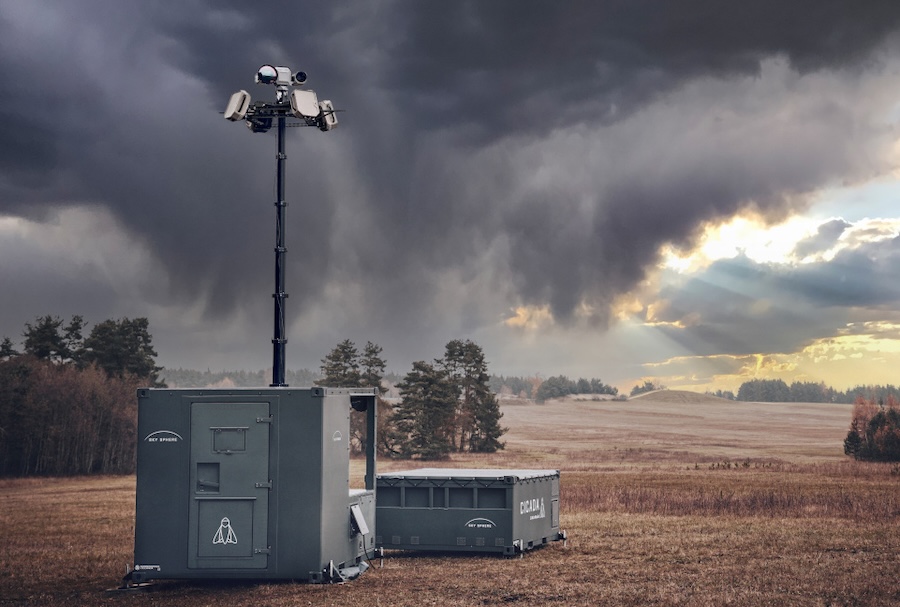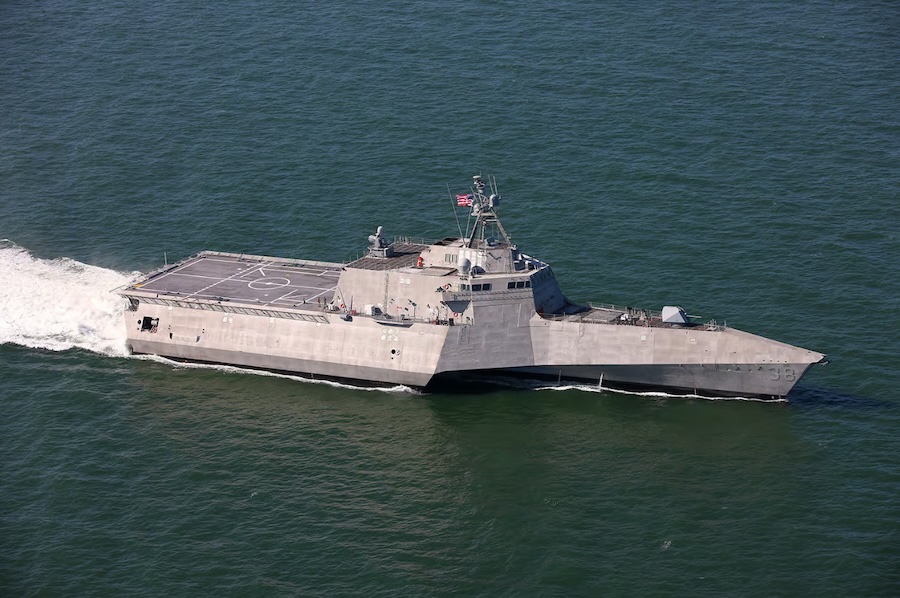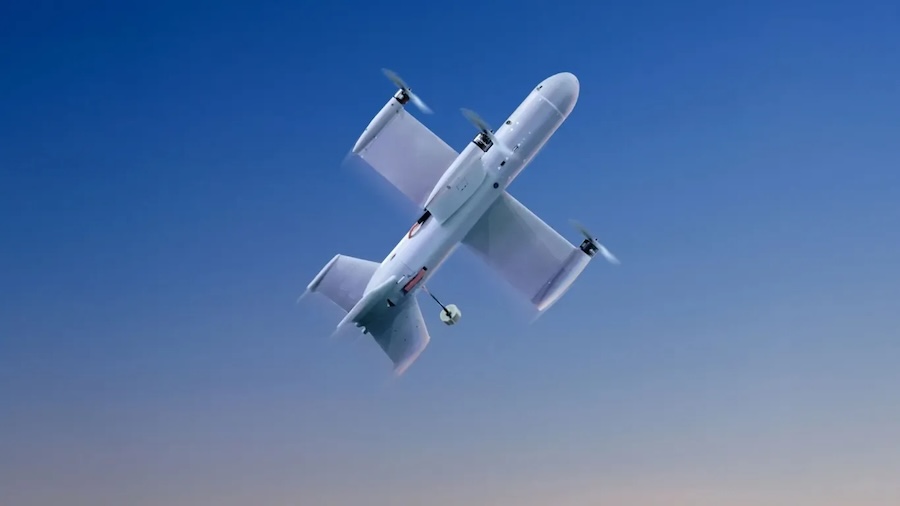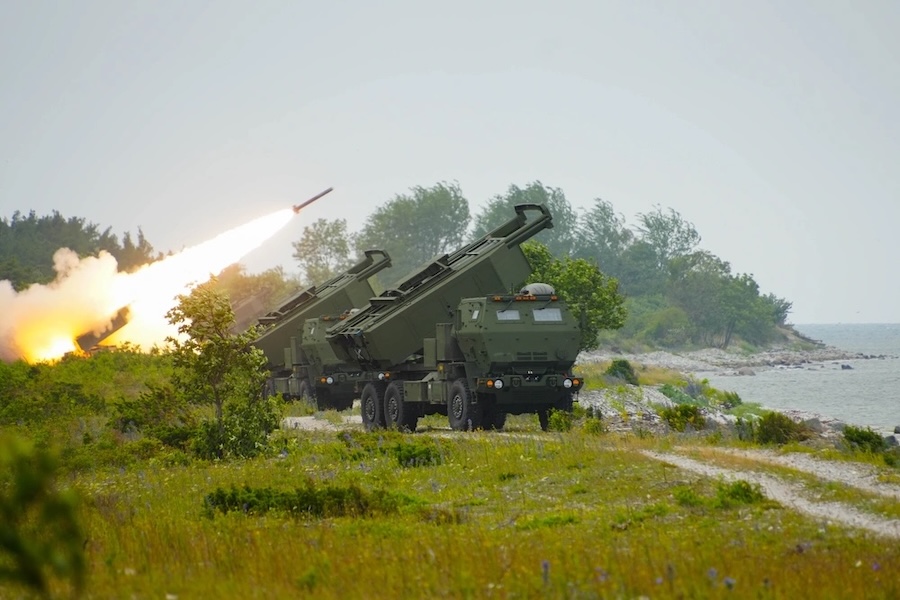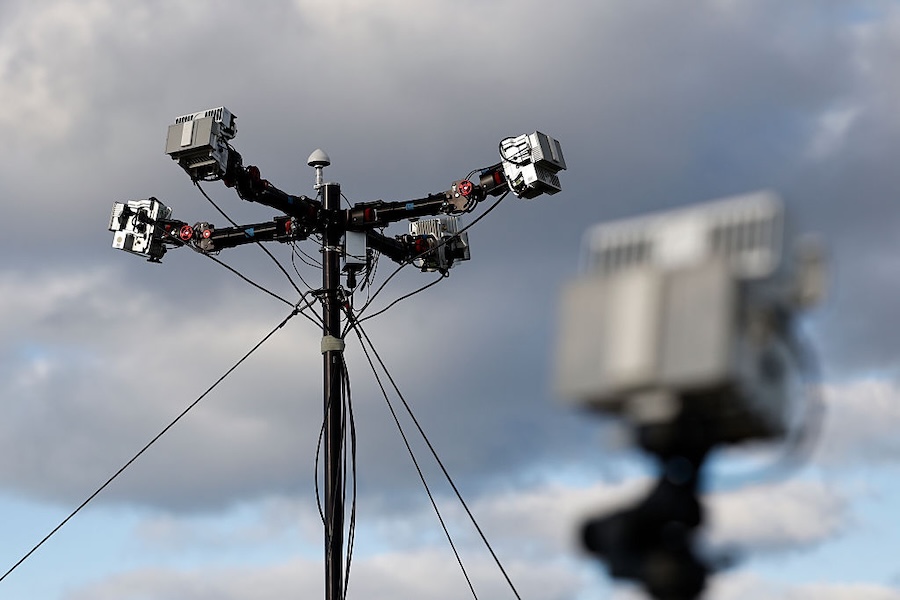According to the company, the NGSRI offers greater speed and range than the legacy Stinger, and features a more advanced seeker head capable of identifying smaller targets, such as drones, even in low-visibility conditions. It is also fully integrated with an electro-optical system that enhances targeting precision and detection in both day and night scenarios.
“We have to provide our soldiers, our warfighters, the capability that delivers every time – not some of the time, not half the time, every time,” said Bill Darne, director of short-range air defence and counter-UAS capabilities at Raytheon. “There was never a time when I didn’t have absolute confidence that our systems were going to work the way they were designed and developed to work.”
The new missile uses a highly loaded grain solid rocket motor, developed with Northrop Grumman, which allows for increased fuel density without increasing motor size. “The rocket motor itself is a really, really fixed volume, so it is a challenge to get more range out of it,” said Will Strauss, technology director for the NGSRI programme. “But we are getting a significant amount.”
During one virtual demonstration, soldiers experienced the system’s enhanced optical capabilities first-hand, with one Marine stating, “This takes the fear away.” Lindsey Hoffman, NGSRI capture director, said, “That quote stuck with all of us.”
The new seeker and updated shoulder-mounted command launch assembly offer greater clarity and targeting range. The system is also backward compatible with existing fielded launchers, allowing for immediate operational use once delivered.
So far, RTX has completed ten subsystem demonstrations. A full flight test of the integrated missile system is scheduled before the end of 2025.
The NGSRI will be available in multiple configurations, including man-portable launchers, vehicle-mounted platforms such as the SGT Stout (formerly M-SHORAD) on the Stryker chassis, and airborne systems like the AH-64 Apache helicopter.
Brenda Ortiz, Raytheon’s vice president for short- and medium-range ground-based air defence, said, “The legacy Stinger is still the best portable air defence system in the world, but what we can do with NGSRI is really going to take it to the next level.”
The US Army is expected to choose between RTX and Lockheed Martin, which is developing a competing missile. The winner of the programme stands to secure contracts for up to 10,000 missiles, with the potential for future international sales.
RTX also emphasised speed and efficiency in manufacturing, using existing production technologies, automation, and a modular open systems architecture to accelerate assembly and updates. The company is working closely with the US government to meet rising global demand for air defence solutions.
Source: RTX.


